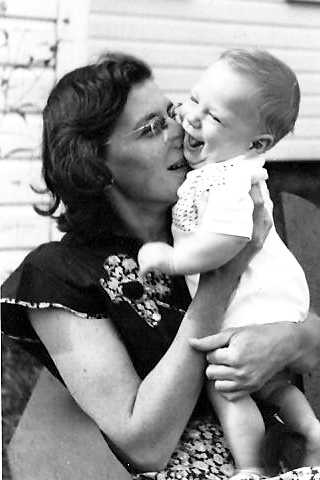From 1964-68, I had the privilege of attending Stuyvesant High School. I say privilege first because it was a very special place with very special teachers and second because at the time I probably didn’t fully recognize what a privilege it was. I may have seen it as a necessary rite of passage for a “geek in training.”
As I write this my mind recalls some really great teachers: Jack Irgang (history), Ralph Ferrara (Biology), Ann Moehle (Biology), and Sterling B. Jensen (creative writing and drama). We were truly blessed. I’d like to write a bit today about Sterling Jensen.
Mr. Jensen was an actor and mime. Notably he was a founder of the now legendary Roundabout Theatre in Manhattan. I saw him as King Lear, and it was truly unforgettable. Mr. Jensen taught me two interesting things. First, never use the words “interesting” or “things,” oops! If you truly have something worth saying, you can find better words. Second, that the highest of human emotions is empathy.
To be clear about it, say there is a terrible accident, where a bicyclist is hit and killed by a car. If you hear about it second hand, and say “OMG that’s terrible, that poor guy,” you are experiencing sympathy. You feel sorry for the bicyclist and, perhaps, the driver who now has to live with the pain of having killed someone. But if you see the accident and at the moment of horrendous impact wince painfully, you are empathizing, you are feeling or sharing that person’s pain.
Back in the land of geekdom, people with fine tuned empathic powers have been featured in several Star Trek episodes. First, there is Gem from the Minarian system, who in 2268 is tested by the Vians to see if her people are worthy of being rescued from a supernova. Kirk, spock, and McCoy are subject to torture and Gem must take on their pain to save them – pretty grim stuff. And then, of course, there was Deanna Troi, extrasensory empath,who was a half-Betazoid, half-Human who served under Captain Jean-Luc Picard, as ship’s counselor aboard the USS Enterprise-D and the USS Enterprise-E. I am doubtful that most therapists would want to have extrasensory empathic powers, but there you are.
My point in all of this is that if empathy is the highest form of human emotion, and if the purpose of art and photography is to create emotion in the viewer, then art that evokes empathy has achieved this higher plane. It is in that context that we may consider the very remarkable and truly moving portfolio by fashion photographer David Jay, “The Scar Project.” And I think that we do need to include the rest of the project’s title “Breast Cancer is not a Pink Ribbon.” When you view these images you do not feel sympathy, you do not feel “there but for the grace of God go I,” you feel empathy. For a brief instant, it is ever fleeting, you feel the pain, and grace, and endurance of these women.
Jay’s project was born when a frequent model of his was diagnosed with breast cancer at age 32. The project is documented in a film, “Baring it All,” which you can see at the projects website. It is hard to say anymore without seeming trite or cliché. Perhaps all is said by one of the young women in the documentary who declares, “The scar represents everything I’ve been through. I’m proud of what I’ve been through.”
Finally, and to go full circle, I remember very vividly that when I was taking Sterling Jensen’s class in creative writing in 1968, my mother Sylvia Wolf (1917-1988) was diagnosed with breast cancer and underwent her first radical mastectomy. It was very hard to concentrate on Shakespeare. My mother succumbed to the disease twenty-years later, but only after fighting it with tremendous strength and grace. Having witnessed all of this, I can bear testimony, that it truly is not a pink ribbon.


I stumbled on this when I was looking up Jensen’s obit recently. I graduated the year before you and agree that he was probably The most memorable teacher of that era. I have lived in New Orleans for many years now but I will never forget the day I bumped into him at the grocery store here sometime in the late 70s. we lived near each other and I would run into him from time to time. I wish now I had made more of an effort to see him. I did go to his funeral and let his family know how much of an impact he made on at least one of his students.